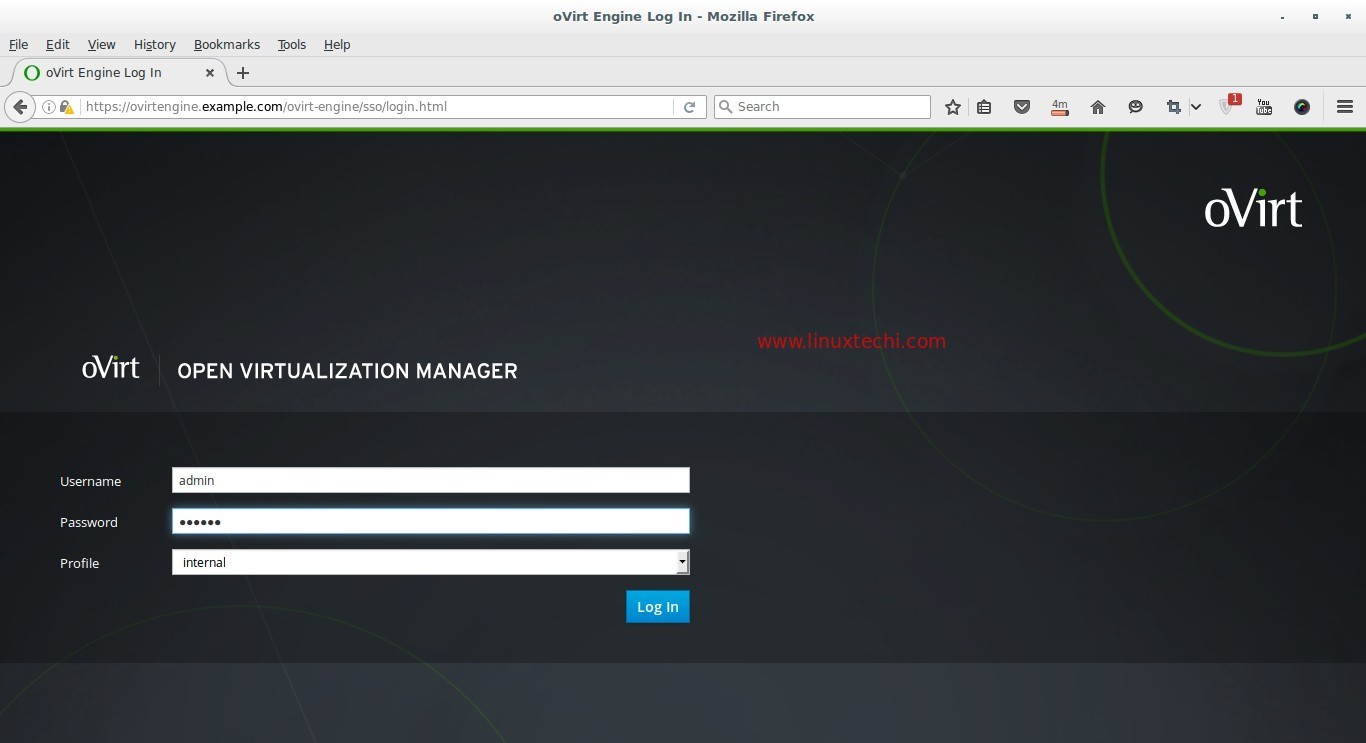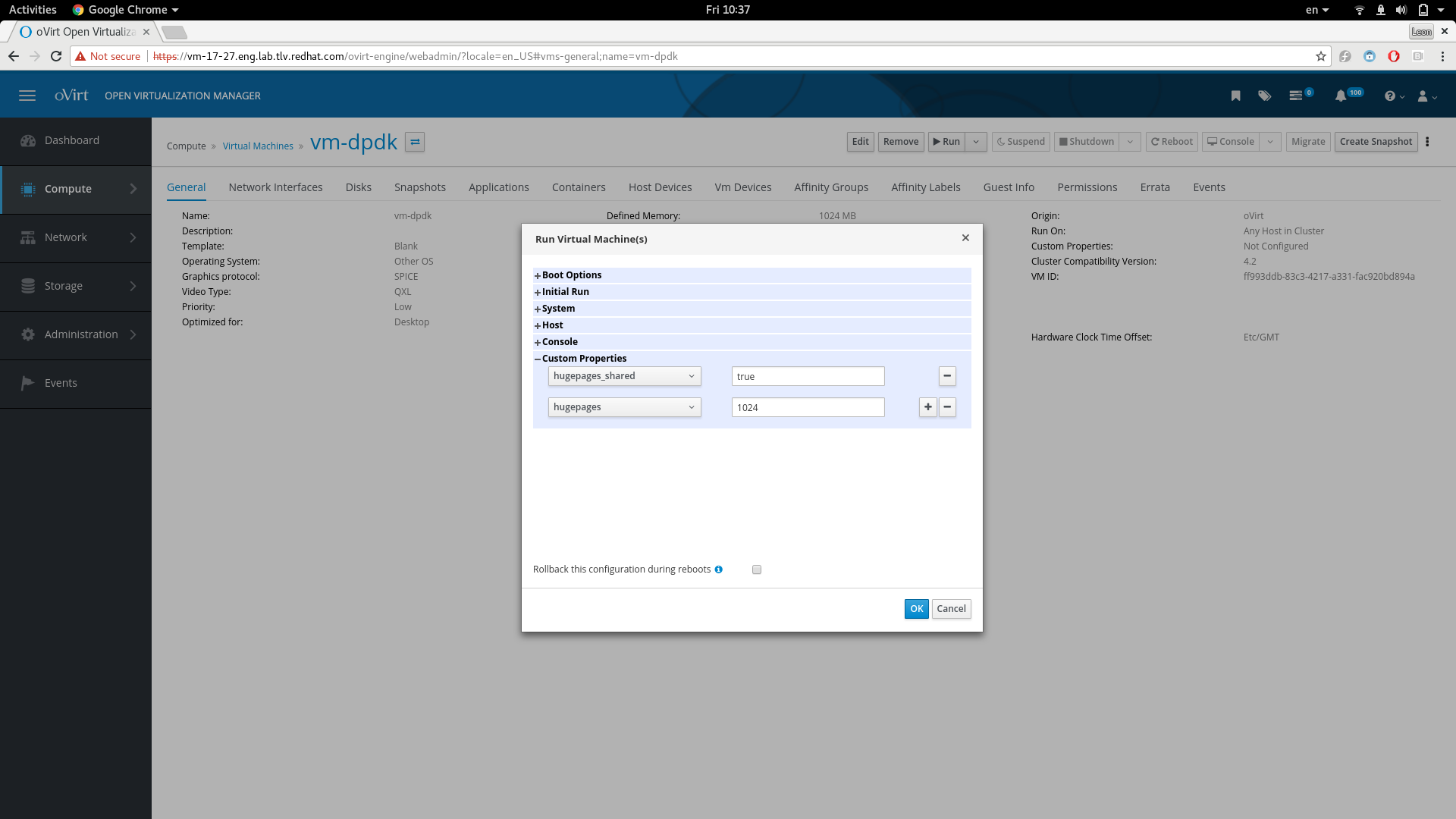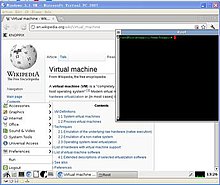- Ovirt Laptops & Desktops Driver Download For Windows 10
- Ovirt Laptops & Desktops Driver Download For Windows 10 Laptop
- Ovirt Laptops & Desktops Driver Download For Windows 10 32-bit
- Ovirt Laptops & Desktops Driver Download For Windows 10 Windows 7
- Ovirt Laptops & Desktops Driver Download For Windows 10 64-bit
For production installations, we recommend installing oVirt using the graphical Cockpit installer in theSelf-Hosted Engine configuration. In this configuration, oVirt Engine and a Host are installedtogether with the Engine running as a Virtual Machine on that Host. This configuration ispreferred because the Engine Virtual Machine will be highly available (once a second Host is added).
However, if you prefer to run oVirt Engine standalone on physical hardware or another virtualization provider, you can install oVirt Engineand Nodes / Hosts separately.
Honest, Objective Reviews. PCMag.com is a leading authority on technology, delivering Labs-based, independent reviews of the latest products and services. The latest oVirt is an acceptable replacement for the most basic thing that VMware does - running a set of hosts in a cluster, with some kind of external, shared storage. Combine this with a PXE boot server and it becomes very easy to spin up VMs. OVirt is an open-source virtualization solution that uses the KVM hypervisor and is built upon several other community projects including libvirt, Gluster, PatternFly, and Ansible (Ansible Deep Dive). I have one server. And when I install ovirt I can open web interface at 10.0.0.10. But, then I try instal host on 10.0.0.10 after that I can`t open 10.0.0.10 So, how I can instal ovirt-engine.
oVirt 4.4.4 is intended for production use and is available for the following platforms:
Engine:
- Red Hat Enterprise Linux 8.3
- CentOS Linux 8.3
- CentOS Stream (Tech Preview)

Hosts:
- Red Hat Enterprise Linux 8.3
- CentOS Linux 8.3
- oVirt Node (based on CentOS Linux 8.3)
- CentOS Stream (Tech Preview)
See the Release Notes for oVirt 4.4.4.
Install oVirt Engine using RPM
oVirt Engine is installed using RPM packages on a supported Enterprise Linux 8 distribution,such as CentOS Linux or Red Hat Enterprise Linux.
Users can also compile from source, using the guides found under the Developers section. This is not recommendedunless you are a developer or need to customize the source code.
Important: You cannot skip a version when updating oVirt Engine. For example, if you are updating from3.6 to 4.4, you first need to update to 4.0, then to 4.1, 4.2, 4.3 and finally to 4.4. (Host upgrades can use theoVirt Fast Forward Upgrade tool.)If you are updating from 4.3, please note you’ll need to migrate your engine from el7 to el8.
Upgrading from previous releases
For a standalone engine this means basically:
- backup engine data on 4.3.10 with:
engine-backup --scope=all --mode=backup --file=backup.bck --log=backuplog.log - copy the backup to a safe location
- reinstall engine host with EL 8
- enable repos with:
dnf install https://resources.ovirt.org/pub/yum-repo/ovirt-release44.rpm dnf update(reboot if needed)- enable modules with:
dnf module enable -y javapackages-tools pki-deps postgresql:12 389-ds - install engine rpms with:
dnf install ovirt-engine - restore the engine data with:
engine-backup --mode=restore --file=backup.bck --log=restore.log --provision-db --provision-dwh-db --restore-permissions --provision-dwh-db - run
engine-setup.
Red Hat Enterprise Linux, CentOS Linux
Enable the Base, Optional, and Extra repositories (Red Hat Enterprise Linux only):
Add the official oVirt repository.
Install oVirt Engine.
Set up oVirt Engine.
Follow the prompts to configure and install the Engine.
Once the installation completes, oVirt’s web UI management interface will start and the URL will be printedto the screen. Browse to this URL to begin using oVirt!
See Browsers and Mobile Clients for supported browsers andmobile client information.
Download oVirt Node or Setup Hosts
You must now install at least one Node or Host to act as hypervisors. Enterprise features like migration and high availabilityrequire more than one Host.
oVirt supports two types of Hosts:
- oVirt Node and
Depending on your environment requirements, you may want to use only oVirt Nodes, only EL Hosts, or both.
Download oVirt Node
oVirt Node is a minimal operating system based on CentOS that is designed to provide a simple method for setting up aphysical machine to act as a hypervisor in an oVirt environment.
Download the oVirt Node Installation ISO (current stable is oVirt Node 4.4 - Stable Release - Installation ISO)
Write the oVirt Node Installation ISO disk image to a USB, CD, or DVD.
Boot your physical machine from that media and install oVirt Node.
Or Setup a Host
Instead of or in addition to oVirt Node, you can use a standard Enterprise Linux installation as a Host.
An Enterprise Linux Host (such as CentOS or RHEL), also known as an EL-based hypervisor or EL-based Host, is a standardbasic installation of an Enterprise Linux operating system on a physical server upon which the hypervisorpackages are installed.
Install one of the supported operating systems (CentOS, RHEL) on your Host and update it:
Add the official oVirt repository:
See Chapter 7: Enterprise Linux Hosts for full installationinstructions.
Attaching your Hosts
Once you have installed additional oVirt Nodes or EL Hosts, use the oVirt Administration Portal to add them to the Engine.Navigate to Compute → Hosts → New and enter the Host details. SeeAdding a Host to the oVirt Engine for detailed instructions.
Storage
oVirt uses a centralized storage system for Virtual Machine disk images, ISO files, and snapshots. Before you can install a Virtual Machine,storage must be attached.
Storage can be implemented using:

Network File System (NFS)
GlusterFS exports
iSCSI (Internet Small Computer System Interface)
Local storage attached directly to the virtualization Hosts
Fibre Channel Protocol (FCP)
Parallel NFS (pNFS)
Other POSIX compliant file systems
Using the oVirt Administration Portal, navigate to Storage → Domains → New and enter the Storage details.See Configuring Storage andStorage Administration for guidance on configuring storage for yourenvironment.
Install Virtual Machines
Once oVirt Engine is installed and you have added Hosts and configured storage,you can now install Virtual Machines!
See the Virtual Machine Management Guide for completeinstructions.
For best Virtual Machine performance and accurate dashboard statistics, be sure to install theoVirt Guest Agent and Drivers for Linux[for Windows]in each Virtual Machine.
The following virtual machine guest operating systems are supported:
| Operating System | Architecture | SPICE support [1] |
|---|---|---|
| Red Hat Enterprise Linux 3 - 6 | 32-bit, 64-bit | Yes |
| Red Hat Enterprise Linux 7+ | 64-bit | Yes |
| SUSE Linux Enterprise Server 10+ [2] | 32-bit, 64-bit | No |
| Ubuntu 12.04 (Precise Pangolin LTS)+ [3] | 32-bit, 64-bit | Yes |
| Windows XP Service Pack 3 and newer | 32-bit | Yes |
| Windows 7 | 32-bit, 64-bit | Yes |
| Windows 8 | 32-bit, 64-bit | No |
| Windows 10 | 64-bit | Yes |
| Windows Server 2003 Service Pack 2 and newer | 32-bit, 64-bit | Yes |
| Windows Server 2008 | 32-bit, 64-bit | Yes |
| Windows Server 2008 R2 | 64-bit | Yes |
| Windows Server 2012 R2 | 64-bit | No |
| Windows Server 2016 | 64-bit | No |
[1] SPICE drivers (QXL) are not supplied by Red Hat. Distribution’s vendor may provide SPICE drivers.
[2] select Other Linux for the guest type in the user interface
[3] not tested recently (?)
Consoles
The console is a graphical window that allows you to view and interact with the screen of a Virtual Machine.In oVirt, you can use a web-based console viewer or a desktop application (we recommend Remote Viewer).For Windows virtual machines, Remote Desktop Protocol is also available. See Installing Console Components,VNC Console Options, andand Browser Support and Mobile Clients for more information.
RPM Repositories and GPG keys
See RPMs and GPG for older releases, nightlies, mirrors, and GPG keys.
Recommended browsers
oVirt follows the Red Hat Customer Portal Browser Support Policy.

We recommend to use one of the recent versions of the following “evergreen” browsers:
Ovirt Laptops & Desktops Driver Download For Windows 10
- Mozilla Firefox
- Google Chrome
- Apple Safari
- Microsoft Edge
These are known as “evergreen” browsers because they automatically update themselves to the most recent available version.

Note: oVirt 4.3+ will not support Internet Explorer 11.
Consoles
A console is a graphical window that allows you to view the start up screen, shut down screen, and desktop of aVirtual Machine, and to interact with that Virtual Machine in a similar way to a physical machine. In oVirt,the default application for opening a console to a virtual machine is Remote Viewer, which must be installed onthe client machine (for example, the end user or administrator’s laptop). For Windows virtual machines, RemoteDesktop Protocol is also available.
Ovirt Laptops & Desktops Driver Download For Windows 10 Laptop
See Installing Console Componentsfor installation instructions.
Browser based
There is also a browser-based console available. In the Console Options dialog for the Virtual Machine, select noVNC.See VNC Console Options for moreinformation.
Ovirt Laptops & Desktops Driver Download For Windows 10 32-bit
Mobile Client for Android - moVirt
Ovirt Laptops & Desktops Driver Download For Windows 10 Windows 7

Ovirt Laptops & Desktops Driver Download For Windows 10 64-bit
Download moVirt or from play store using your device[Android 4.1 or above]
